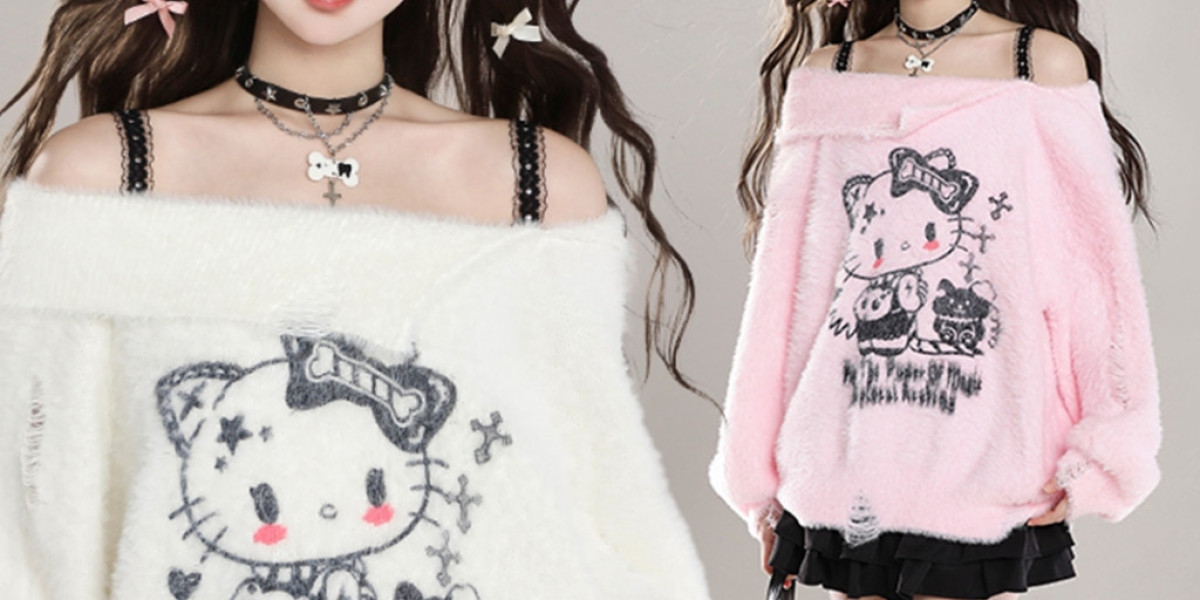Introduction
The concept of kawaii, suggesting "adorable" or "lovable" in Japanese, has actually gained popularity worldwide in the last few years, particularly in the world of style. Kawaii outfits, characterized by pastel colors, eccentric patterns, and whimsical accessories, are precious by individuals of all genders and ages. This article aims to check out the effect of kawaii clothing on social assumptions and self-expression.
Social Significance of Kawaii
In Japan, the kawaii society has deep origins, dating back to the 1970s with the introduction of personalities like Hello there Cat and My Melody. These renowned numbers led the method for a new aesthetic that highlighted virtue, sweet taste, and playfulness. Kawaii style rapidly ended up being a staple in Japanese road design, affecting designers and consumers all over the world.
The appeal of kawaii clothing hinges on their ability to evoke feelings of happiness and nostalgia. Using soft colors, cartoon prints, and plush toys creates a feeling of avoidance and whimsy, transporting people right into a world of fantasy and creative imagination. In a society that often values conformity and performance, kawaii style uses a refreshing break from the mundane and normal.
Social Perceptions of Kawaii Clothes
Regardless of its expanding appeal, kawaii fashion is commonly misunderstood and stigmatized by conventional culture. Movie critics argue that kawaii clothing infantilize individuals, representing them as childlike and immature. In addition, some view kawaii style as frivolous and shallow, rejecting it as a passing pattern fueled by consumerism.
Nevertheless, research recommends that individuals that use kawaii outfits are perceived in a different way than those who do not. A research conducted by Matsuno and Komori (2018) found that females who clothed in kawaii style were regarded as more approachable, friendly, and fun-loving compared to their peers. These findings recommend that kawaii outfits can serve as a social hint, signifying a laid-back and lively character to others.
Additionally, kawaii style has actually been accepted by marginalized groups, such as the LGBTQ+ community and individuals with handicaps, as a kind of self-expression and empowerment. By challenging standard sex norms and societal assumptions, kawaii attire enable people to welcome their special identities and commemorate their distinctions.
Self-Expression via Kawaii Clothes
Kawaii style is even more than just a design selection; it is a kind of self-expression and interaction. By curating kawaii clothing, individuals can share their character, passions, and feelings in a visually fascinating means. Whether it's via quirky accessories, statement pieces, or strong shades, kawaii fashion enables individuals to showcase their creative thinking and individuality.
Moreover, putting on kawaii outfits can have a favorable effect on one's mental wellness and well-being. Studies have revealed that engaging in tasks that evoke positive feelings, such as wearing kawaii style, can enhance state of mind, reduce stress, and increase sensations of happiness and contentment. In this feeling, kawaii clothing function as a form of self-care and self-expression, permitting individuals to prioritize their psychological and psychological wellness.
Conclusion.
To conclude, kawaii clothing have the power to help with and shape social perceptions self-expression in purposeful and distinct methods. By accepting the kawaii aesthetic, individuals can challenge social standards, celebrate variety, and express themselves authentically and creatively. As the kitty kawaii outfit aqw society continues to develop and grow, it is crucial to recognize and value its relevance in promoting individuality, positivity, and pleasure in today's society.








